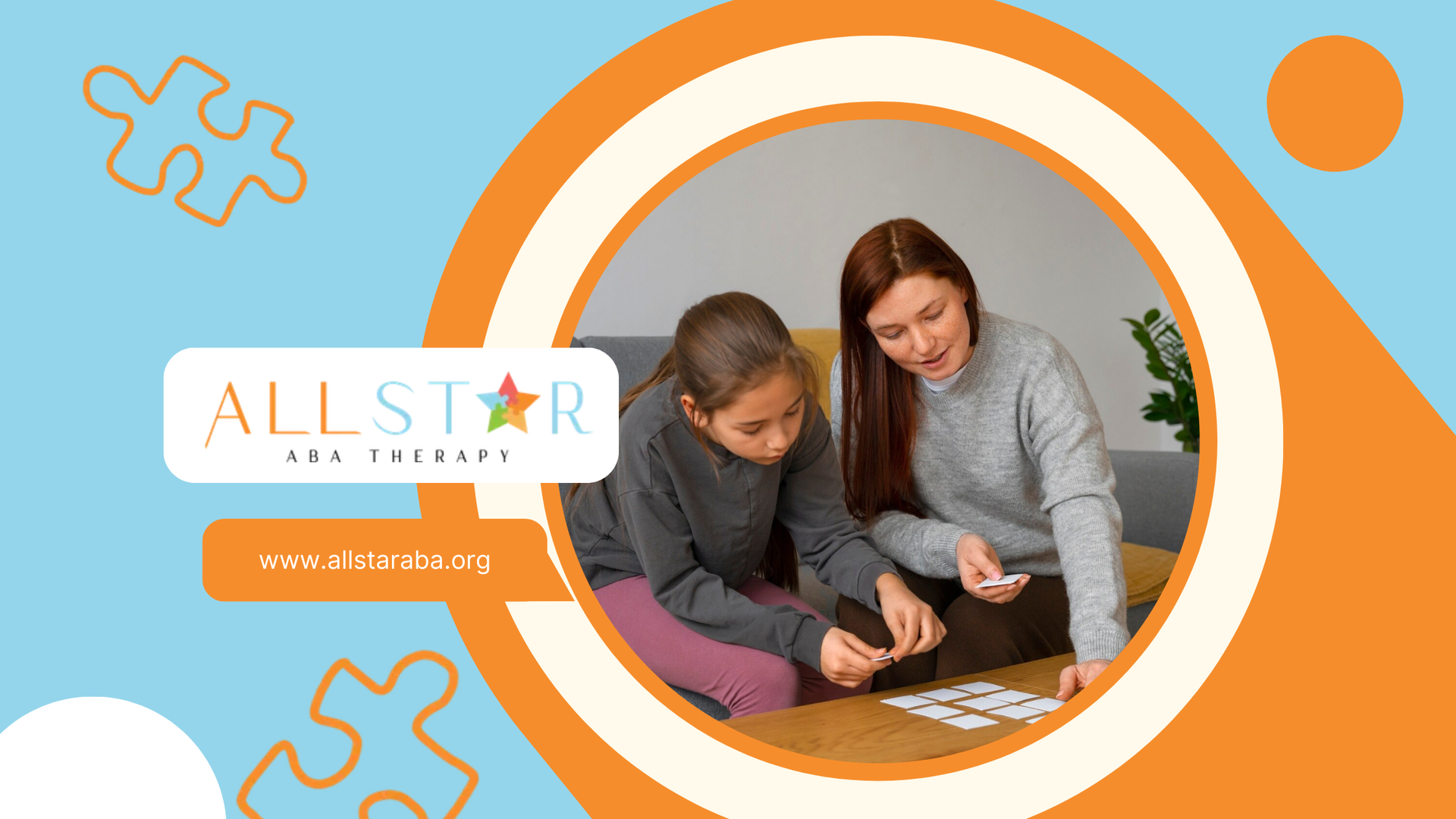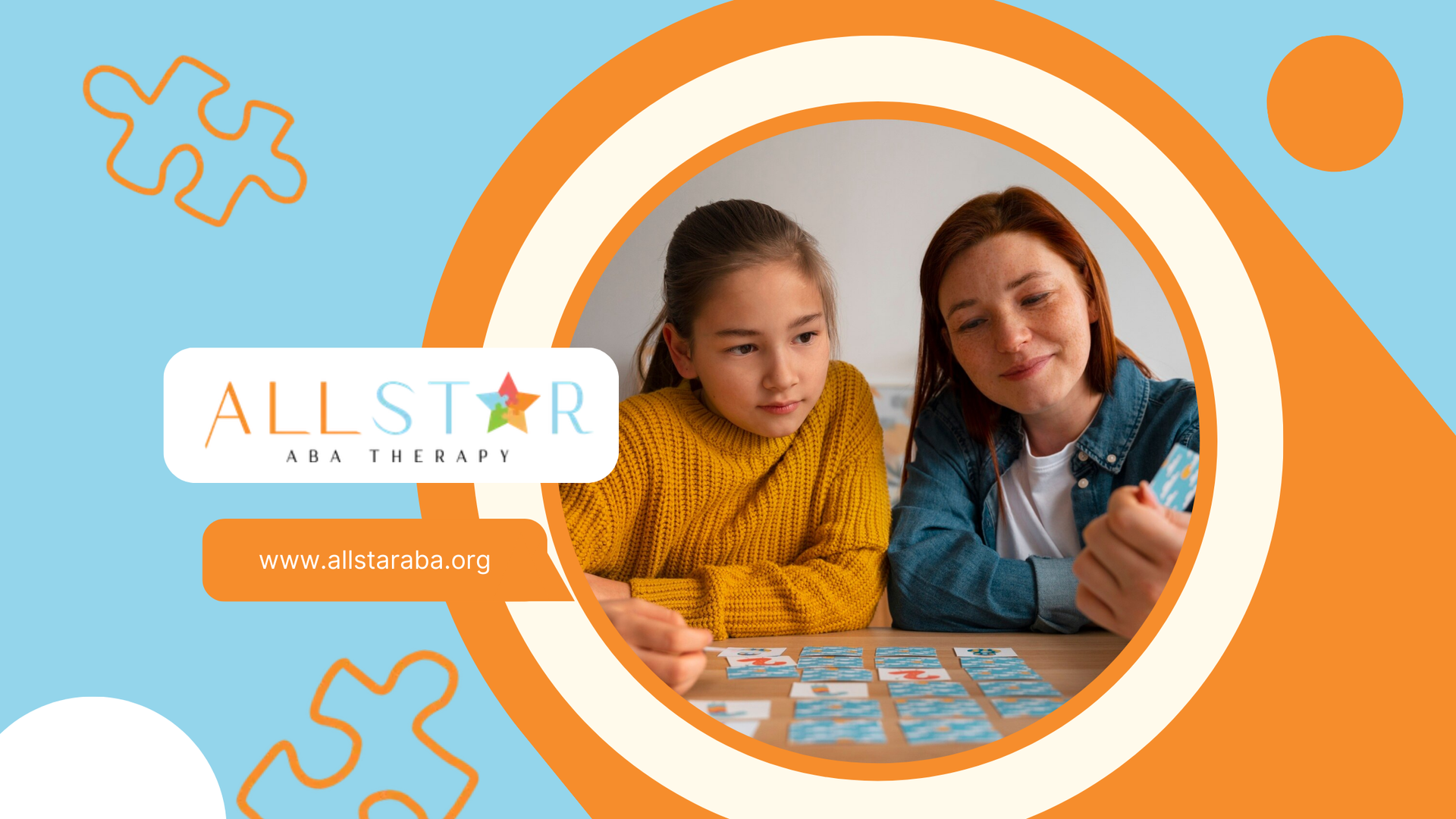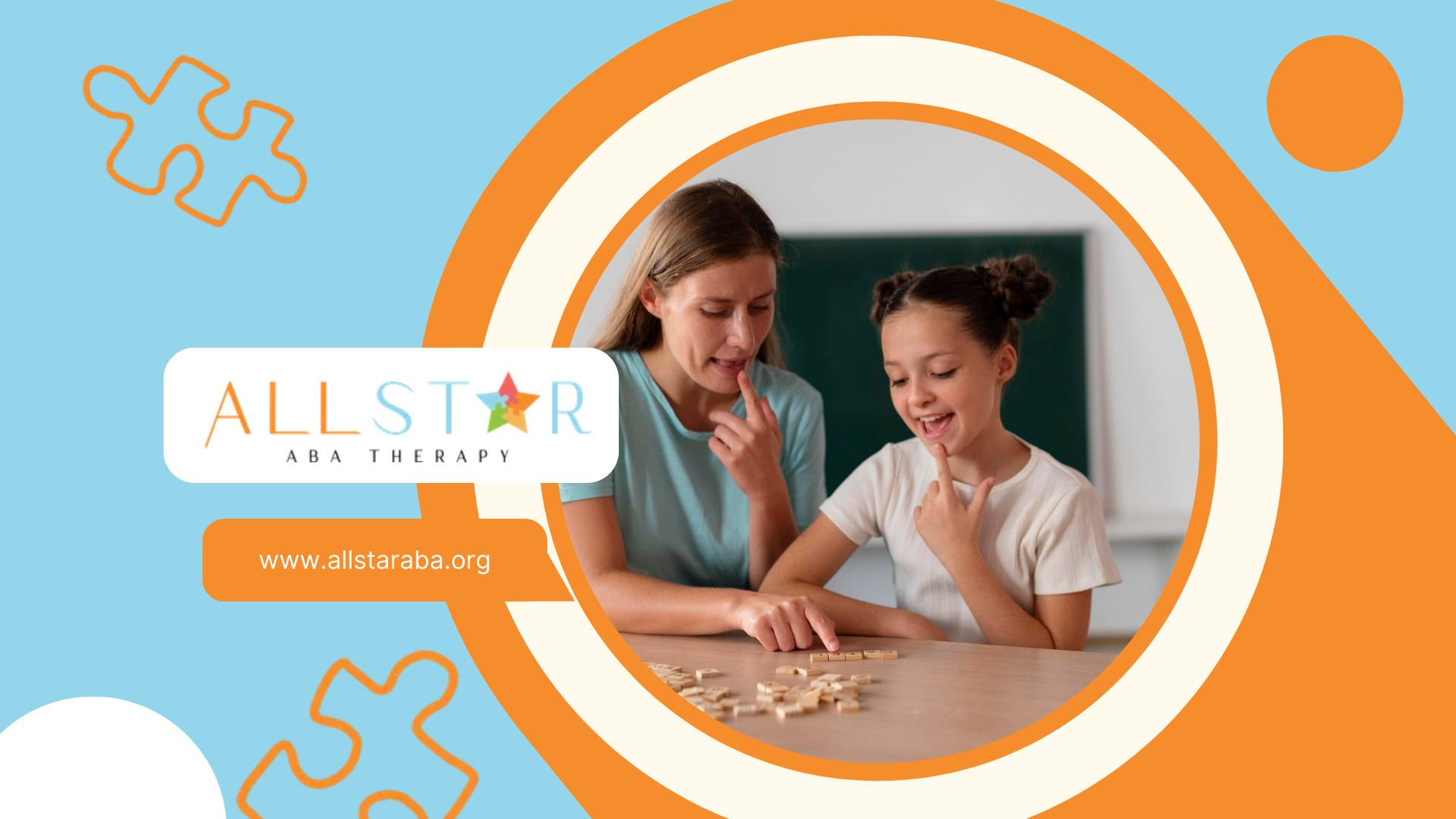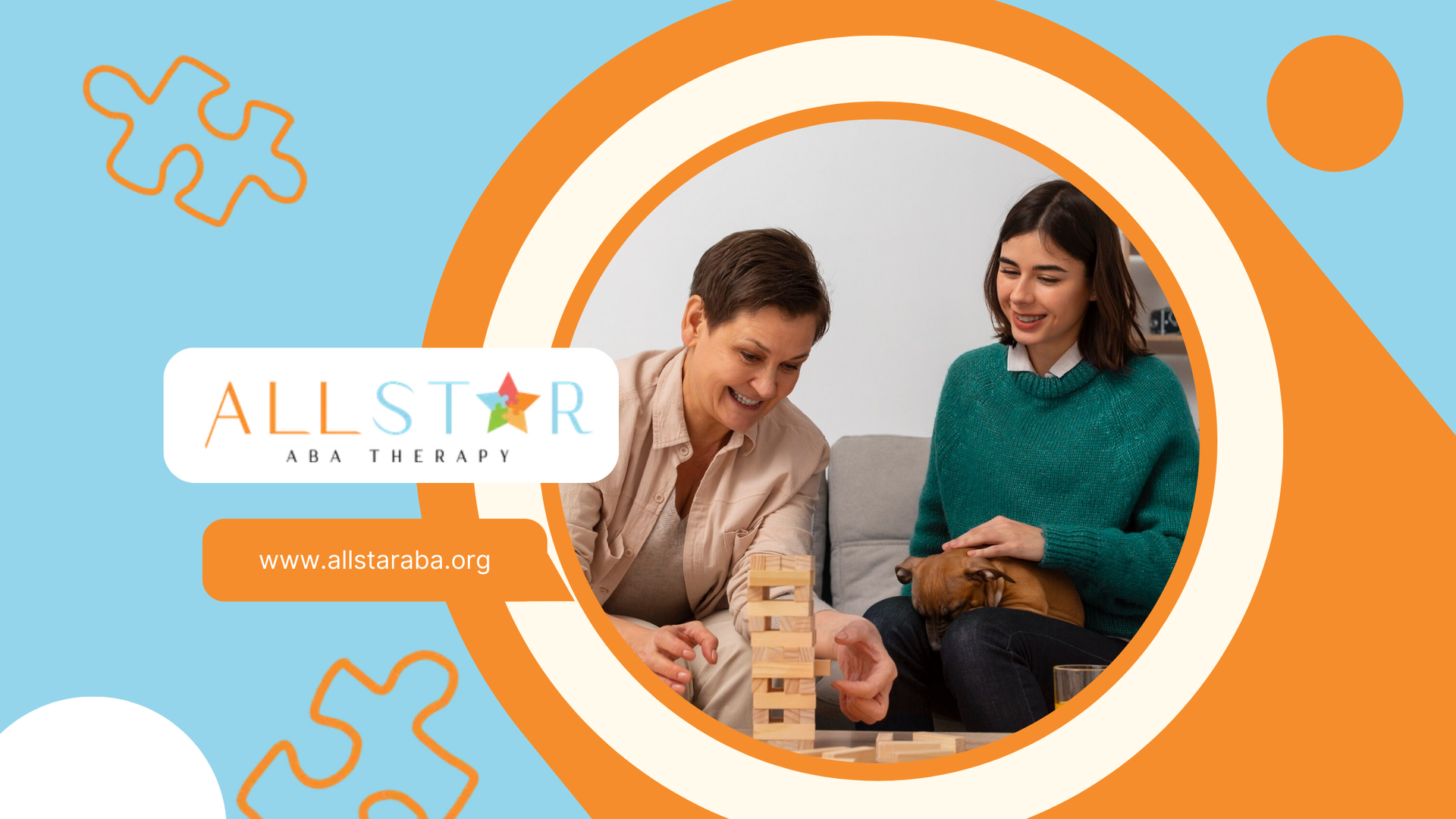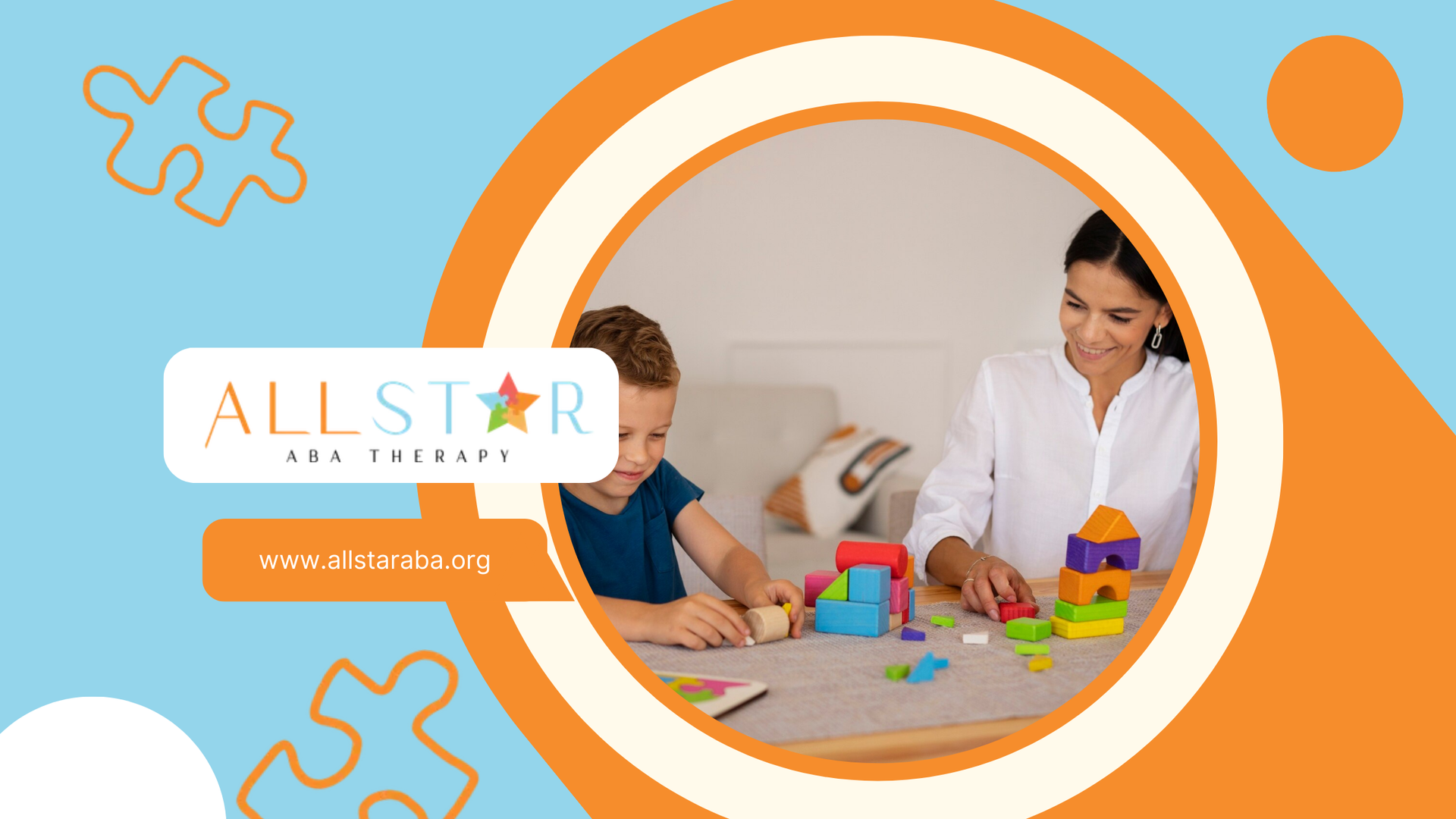New Paragraph
Unlocking Potential: ABA Therapy Strategies for Autistic Teens
ABA Therapy for Autistic Teens
Importance of ABA Therapy
ABA therapy systematically addresses challenging behaviors by identifying their root causes and implementing targeted interventions. This approach results in a reduction or elimination of problematic behaviors. It focuses on encouraging desired behaviors and reducing unwanted behaviors through personalized treatment plans tailored to the specific needs, strengths, and challenges of each individual.
Individualized treatment plans for individuals with autism recognize the importance of tailoring interventions to meet their unique needs, strengths, and challenges. By fostering an environment that embraces and builds upon individual strengths, it becomes possible to create effective strategies that promote growth, development, and overall well-being.
Core Techniques in ABA Therapy
ABA therapy employs several core techniques to help autistic teens develop essential skills and manage behaviors effectively. These techniques include Discrete Trial Training (DTT), Task Analysis, and Prompting and Fading.
- Discrete Trial Training (DTT): DTT involves breaking down complex skills into smaller, more manageable parts. This method is particularly effective in teaching fundamental skills such as communication, social interaction, and daily living activities. Each trial consists of a clear instruction, a response from the individual, and a consequence (reward or correction) based on the response.
- Task Analysis: Task analysis is a valuable technique in ABA therapy that involves breaking down complex tasks into sequential steps. This method facilitates skill acquisition and promotes independence in various areas of life. By mastering each step individually, teens can gradually build the skills needed to complete the entire task.
- Prompting and Fading: Prompting and fading are strategies used in ABA therapy to guide individuals through the learning process. Prompts are cues or assistance provided to help the individual perform a task correctly. As the individual becomes more proficient, the prompts are gradually faded out, ensuring a smooth transition from guided learning to self-reliance. This approach fosters a sense of accomplishment and independence.
For more information on ABA therapy strategies for autistic teens, visit our articles on ABA therapy programs for autistic adolescents and ABA therapy interventions for teenage autism.
Strategies for Autistic Teens
ABA therapy employs various strategies to support autistic teens in developing essential skills. Here, we explore three effective techniques: Discrete Trial Training (DTT), Task Analysis, and Prompting and Fading.
Discrete Trial Training (DTT)
Discrete Trial Training (DTT) is a core component of ABA therapy, involving breaking down complex skills into smaller, more manageable parts. This method is particularly effective in teaching fundamental skills such as communication, social interaction, and daily living activities. DTT allows for repetition, which facilitates skill acquisition and maintenance. It is versatile for enhancing language, communication, daily living, and play skills in children with autism.
| Skill Area | Example |
|---|---|
| Communication | Teaching a teen to request items using simple phrases |
| Social Interaction | Practicing turn-taking in conversations |
| Daily Living | Breaking down the steps of brushing teeth |
For more information on how DTT can be applied, visit our page on ABA therapy for autistic teens.
Task Analysis
Task analysis is a valuable technique in ABA therapy, involving breaking down complex tasks into sequential steps to facilitate skill acquisition and promote independence in various areas of life. This method helps autistic teens understand and complete tasks that may initially seem overwhelming.
| Task | Steps |
|---|---|
| Washing Hands | 1. Turn on the faucet |
| 2. Wet hands | |
| 3. Apply soap | |
| 4. Rub hands together | |
| 5. Rinse hands | |
| 6. Dry hands | |
| Making a Sandwich | 1. Gather ingredients |
| 2. Spread condiments | |
| 3. Add fillings | |
| 4. Assemble sandwich |
Task analysis can be tailored to individual needs, making it a flexible and effective strategy.
Prompting and Fading
Prompting and fading are strategies used in ABA therapy to guide individuals through the learning process. Prompting involves providing cues or assistance to encourage the correct response, while fading gradually reduces the prompts to promote independence. This approach ensures a smooth transition from guided learning to self-reliance, fostering a sense of accomplishment.
| Prompt Type | Example |
|---|---|
| Verbal Prompt | Giving verbal instructions to complete a task |
| Physical Prompt | Hand-over-hand assistance to perform an action |
| Visual Prompt | Using pictures or symbols to guide behavior |
By utilizing these strategies, ABA therapy can effectively support autistic teens in developing essential skills and promoting their growth and independence.
Positive Reinforcement in ABA
Positive reinforcement is a fundamental aspect of Applied Behavior Analysis (ABA) therapy, particularly for autistic teens. This section delves into the role of positive reinforcement and the behavior modification techniques used in ABA therapy.
Role of Positive Reinforcement
Positive reinforcement involves providing rewards or positive consequences for desired behaviors to shape and strengthen adaptive skills. This technique is essential in ABA therapy as it helps autistic teens learn and maintain new skills by associating positive outcomes with their actions.
In ABA therapy, positive reinforcement can take various forms, such as:
- Verbal Praise: Compliments and encouraging words.
- Tangible Rewards: Toys, stickers, or treats.
- Activities: Extra playtime or a favorite activity.
The goal is to make the desired behavior more likely to occur in the future by consistently rewarding it. This approach not only helps in teaching new skills but also in reducing challenging behaviors by reinforcing positive alternatives.
Behavior Modification Techniques
Behavior modification techniques in ABA therapy are designed to encourage desired behaviors and reduce unwanted ones. These techniques are tailored to the specific needs, strengths, and challenges of each individual.
Common Behavior Modification Techniques:
Token Economy:
- Teens earn tokens for displaying desired behaviors.
- Tokens can be exchanged for a preferred reward.
Shaping:
- Gradually reinforcing successive approximations of the target behavior.
- Helps in teaching complex behaviors by breaking them down into smaller steps.
Modeling:
- Demonstrating the desired behavior for the teen to imitate.
- Effective in teaching social and communication skills.
Differential Reinforcement:
- Reinforcing a specific behavior while withholding reinforcement for other behaviors.
- Helps in increasing the frequency of the desired behavior.
Extinction:
- Withholding reinforcement for a previously reinforced behavior.
- Leads to a decrease in the unwanted behavior over time.
| Technique | Description | Example |
|---|---|---|
| Token Economy | Earning tokens for desired behaviors | Earning a token for completing homework |
| Shaping | Reinforcing successive approximations | Rewarding steps towards independent dressing |
| Modeling | Demonstrating desired behavior | Showing how to greet someone |
| Differential Reinforcement | Reinforcing specific behavior | Praising for using words instead of gestures |
| Extinction | Withholding reinforcement | Ignoring tantrums to reduce their occurrence |
These techniques are part of a comprehensive approach to ABA therapy, which aims to improve communication skills, social interactions, and overall quality of life for autistic teens.
By understanding and implementing these positive reinforcement and behavior modification techniques, families and professionals can effectively support the growth and development of autistic teens.
Addressing Challenging Behaviors
Identifying Root Causes
Addressing challenging behaviors in autistic teens requires a systematic approach to identify the underlying causes. ABA therapy focuses on understanding the reasons behind these behaviors to implement effective interventions. A Functional Behavior Assessment (FBA) is typically conducted at the beginning of ABA therapy by a Board Certified Behavior Analyst (BCBA). This assessment helps identify the child's strengths, weaknesses, and unique needs.
The FBA involves observing the teen in various settings, interviewing caregivers, and collecting data on the frequency, intensity, and context of the challenging behaviors. This comprehensive analysis helps pinpoint the triggers and functions of the behaviors, such as seeking attention, avoiding tasks, or sensory stimulation.
| Behavior | Possible Trigger | Function |
|---|---|---|
| Aggression | Task demand | Escape |
| Self-injury | Sensory overload | Sensory regulation |
| Tantrums | Denied request | Attention |
Understanding these root causes allows therapists to develop targeted interventions that address the specific needs of the teen.
Personalized Treatment Plans
Once the root causes of challenging behaviors are identified, ABA therapy focuses on creating personalized treatment plans tailored to the individual needs of the autistic teen. These plans are designed to encourage desired behaviors and reduce unwanted behaviors through targeted interventions.
Personalized treatment plans often include:
- Behavior Intervention Plans (BIP): Developed based on the FBA, these plans outline specific strategies to address challenging behaviors. They include proactive measures to prevent the behavior, teaching alternative skills, and reactive strategies to manage the behavior when it occurs.
- Skill-building activities: ABA therapy emphasizes developing communication, social, and daily living skills. These activities are broken down into smaller, manageable steps to facilitate learning and mastery.
- Positive reinforcement: Reinforcing desired behaviors with rewards such as praise, tokens, or preferred activities helps increase the likelihood of these behaviors being repeated. For more details, visit our section on positive reinforcement in ABA.
| Intervention | Goal | Example |
|---|---|---|
| Social skills training | Improve peer interactions | Role-playing conversations |
| Communication training | Enhance expressive language | Using picture exchange communication system (PECS) |
| Daily living skills | Increase independence | Teaching self-care routines |
By tailoring interventions to the unique needs of each teen, ABA therapy promotes growth and development, helping them achieve their full potential.
Collaborative Care Approach
A collaborative care approach is essential in the effective implementation of ABA therapy strategies for autistic teens. This approach involves the coordinated efforts of various professionals and the support of families to ensure comprehensive care and improved outcomes.
Involvement of Professionals
The involvement of a multidisciplinary team is crucial in developing and implementing individualized treatment plans for autistic teens. This team typically includes mental health professionals, caregivers, educators, and healthcare providers. Each member brings unique expertise and perspectives, contributing to a holistic approach to care.
- Mental Health Professionals: These include psychologists, behavior analysts, and therapists who specialize in ABA therapy. They are responsible for assessing the teen's needs, designing intervention plans, and monitoring progress.
- Caregivers: Parents and guardians play a vital role in the daily implementation of ABA strategies. Their involvement ensures consistency and reinforces the skills learned during therapy sessions.
- Educators: Teachers and school staff collaborate with the therapy team to integrate ABA strategies into the educational environment. This helps in generalizing skills across different settings.
- Healthcare Providers: Pediatricians, neurologists, and other medical professionals provide necessary medical support and address any co-occurring conditions.
The collaborative care approach ensures that all aspects of the teen's development are addressed, leading to more effective and sustainable outcomes.
Support for Families
Supporting families is a critical component of the collaborative care approach. Families need guidance, resources, and emotional support to effectively participate in their teen's therapy.
- Training and Education: Providing parents and caregivers with training on ABA techniques empowers them to implement strategies at home. This training can include workshops, online courses, and one-on-one coaching.
- Emotional Support: Families often face emotional challenges when caring for an autistic teen. Support groups, counseling, and respite care can help alleviate stress and provide a network of understanding peers.
- Resources and Tools: Access to resources such as visual aids, communication devices, and behavior tracking tools can enhance the effectiveness of ABA therapy at home.
By involving families in the therapy process and providing them with the necessary support, the collaborative care approach fosters a nurturing environment that promotes the teen's growth and development.
Individualized Treatment Plans
Tailoring Interventions
Individualized treatment plans for autistic teens are essential in recognizing and addressing their unique needs, strengths, and challenges. By creating a personalized approach, ABA therapy can effectively support the growth and development of each individual. Tailoring interventions involves a thorough assessment of the teen's abilities, preferences, and areas requiring improvement. This process ensures that the strategies implemented are both relevant and effective.
Key components of tailoring interventions include:
- Assessment: Conducting comprehensive evaluations to understand the teen's current skill levels and areas of difficulty.
- Goal Setting: Establishing specific, measurable, achievable, relevant, and time-bound (SMART) goals that align with the teen's needs and aspirations.
- Customized Strategies: Developing interventions that cater to the teen's learning style and preferences, ensuring they are engaging and motivating.
- Continuous Monitoring: Regularly reviewing progress and making necessary adjustments to the treatment plan to ensure ongoing effectiveness.
Promoting Growth and Development
Promoting growth and development in autistic teens through individualized treatment plans involves creating an environment that nurtures their strengths and addresses their challenges. By focusing on their unique abilities, ABA therapy can help teens build essential life skills, improve social interactions, and enhance their overall quality of life.
Strategies to promote growth and development include:
- Skill Building: Teaching functional skills that are crucial for daily living, such as communication, self-care, and social interactions.
- Positive Reinforcement: Using reinforcement techniques to encourage desired behaviors and motivate the teen to achieve their goals.
- Generalization: Ensuring that the skills learned in therapy sessions are applied in various settings, such as home, school, and community environments.
- Collaboration: Involving family members, educators, and other professionals in the treatment process to provide consistent support and reinforcement.
By implementing these strategies, individualized treatment plans can effectively support the growth and development of autistic teens. For additional insights on promoting growth and development, explore our article on ABA therapy for high-functioning autistic teens.
| Strategy | Description |
|---|---|
| Assessment | Comprehensive evaluations to understand current skill levels and areas of difficulty. |
| Goal Setting | Establishing SMART goals that align with the teen's needs and aspirations. |
| Customized Strategies | Developing interventions that cater to the teen's learning style and preferences. |
| Continuous Monitoring | Regularly reviewing progress and making necessary adjustments to the treatment plan. |
| Skill Building | Teaching functional skills crucial for daily living. |
| Positive Reinforcement | Using reinforcement techniques to encourage desired behaviors. |
| Generalization | Ensuring skills learned in therapy are applied in various settings. |
| Collaboration | Involving family members, educators, and other professionals in the treatment process. |
Final Thoughts
In conclusion, ABA therapy provides a powerful and personalized approach to helping autistic teens thrive by building essential life skills, promoting independence, and addressing challenging behaviors. With evidence-based techniques such as Discrete Trial Training, Task Analysis, Positive Reinforcement, and a collaborative care model, teens can achieve meaningful progress and long-term success.
At All Star ABA, we’re committed to creating individualized treatment plans that support growth, development, and confidence every step of the way. Ready to empower your teen with the tools they need to shine? Contact All Star ABA today to learn how we can support your family’s journey.
Sources:
- https://www.autismspeaks.org/expert-opinion/what-discrete-trial-training
- https://online.regiscollege.edu/blog/task-analysis/
- https://www.ncbi.nlm.nih.gov/books/NBK459285/
- https://www.autismspeaks.org/technology-and-autism
- https://www.nu.edu/blog/what-is-differential-reinforcement/
Need Support?
We're Here to Help!
Our experienced team is ready to assist you. Reach out today to discuss how we can support your child's development and well-being.
Get started with expert ABA therapy today.
Related posts

All Star ABA delivers the gold standard of care, Applied Behavioral Analysis (ABA) therapy, for individuals diagnosed with ASD, from infancy to age 21.
Quick Links
All Rights Reserved | All Star ABA


